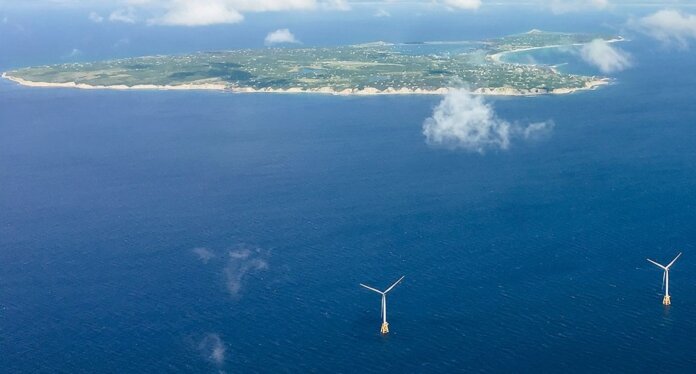After years of preconstruction development, the U.S. offshore wind market has moved squarely into the construction phase for the first large-scale offshore wind projects, according to new research from The Renewable Consulting Group, an ERM Group company.
The company’s “Annual Global Offshore Wind Market Report” chronicles analysis and market development across the globe during the 2022 calendar year. For example, the report finds that more than 550 GW of offshore wind capacity was added to the global development pipeline – including healthy gains from market leaders such as the U.K.
But it was the U.S. that secured the second most capacity additions during 2022, trailing only market leader China.
The 800 MW Vineyard Wind 1 project began transmission construction in 2022, and toward the end of the year, four offshore projects totaling more than 7.6 GW received draft environmental permits.
Last year also witnessed a vast leap in wind lease auction activity, with a total of 18.4 GW from three areas: 11.6 GW from New York, 2.3 GW in the Carolinas and 4.5 GW in California. This provides a market foundation and sets in motion development of those sites, notes RCG.
Further, installed capacity in the Americas regions is expected to ramp up toward 2030, as developments enabled by leasing and route-to-market allocation activity from 2021 enter construction. More than 35 GW of capacity is expected to be installed in the Americas by 2032.
Capacity additions portend big things for the U.S. supply chain, as well. There has also been a flurry of developers upgrading ports as marshaling facilities and O&M bases, and turbine OEMs and other players setting up manufacturing and assembly facilities.
Large increases in floating development capacity were experienced across all key markets: none more so than the U.S., as the government’s site leasing auctions helped expand into deepwater floating sites. The U.S. boosted up with the largest floating capacity after increasing its total floating development capacity to 63.8 GW.
As for offshore wind in the wider Americas region, Latin America is much earlier in the market development phase, with exuberance and lofty development plans in Brazil and Columbia. However, until policies are in place to lease the seabed and encourage development with power purchase tenders or other procurement incentives, the development will remain in early-stage scoping. Both Brazil and Columbia want to advance an auction system in late 2023, but exact details are still being finalized.
Likewise, Canada is awaiting policy and support to catch up with ambitions. For example, Nova Scotia showed notable first steps as it became the first and only province setting out offshore wind ambitions, with a target for 5 GW. Tenders for project sites and capacity are targeted for first awards in 2025, potentially driving the first project construction starts by 2030.
For more details about the report or to sign up for a trial subscription of the offshore wind GRIP database, click here.




